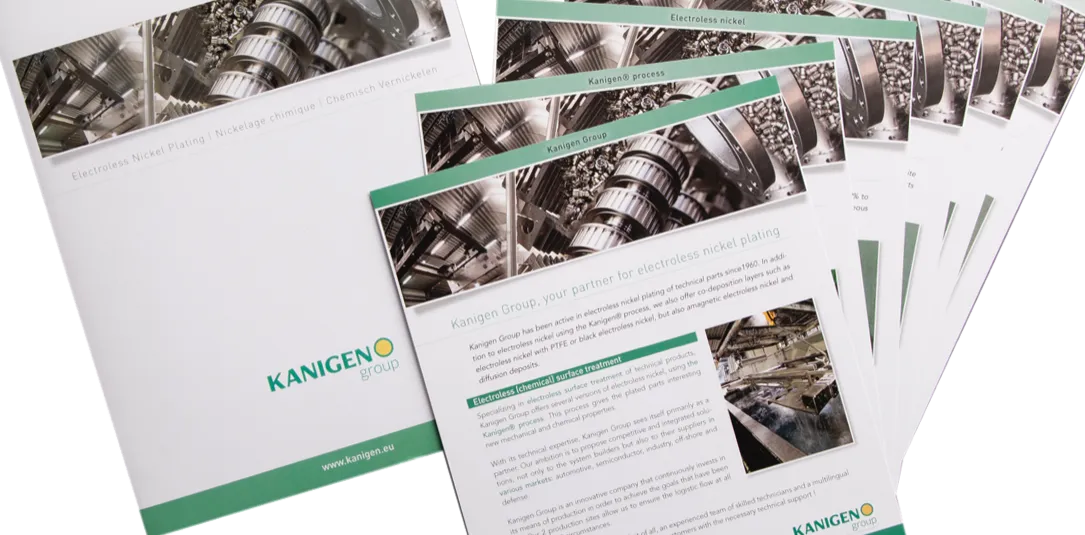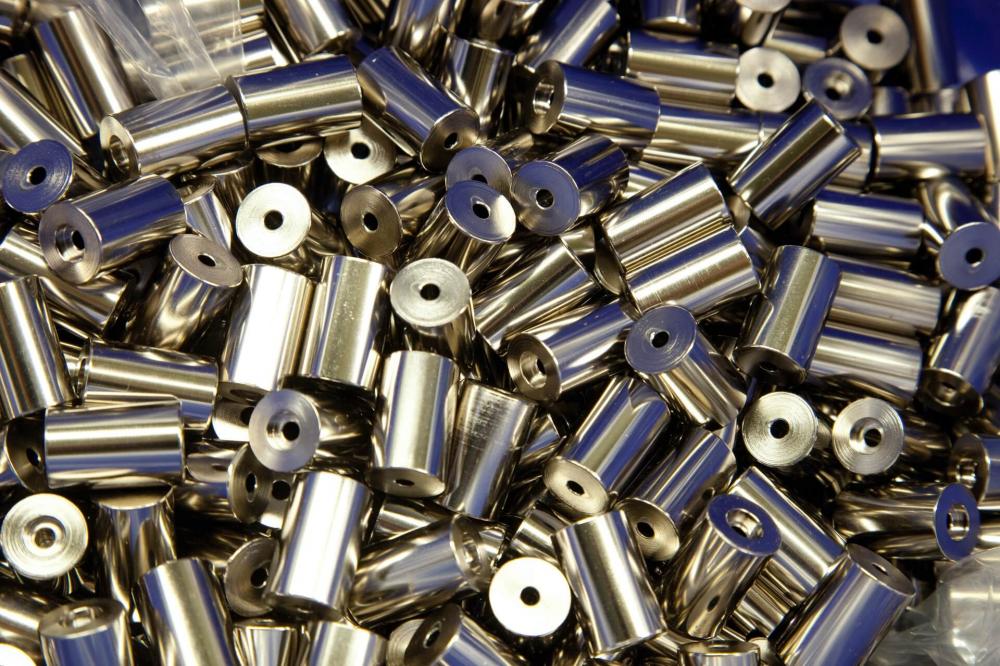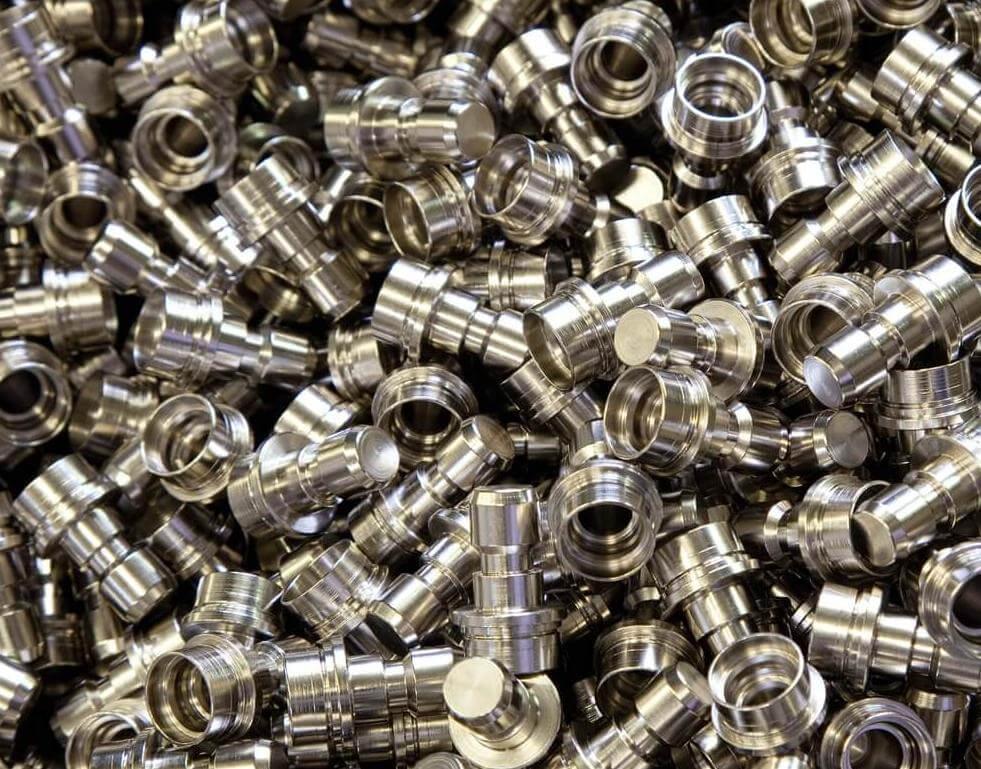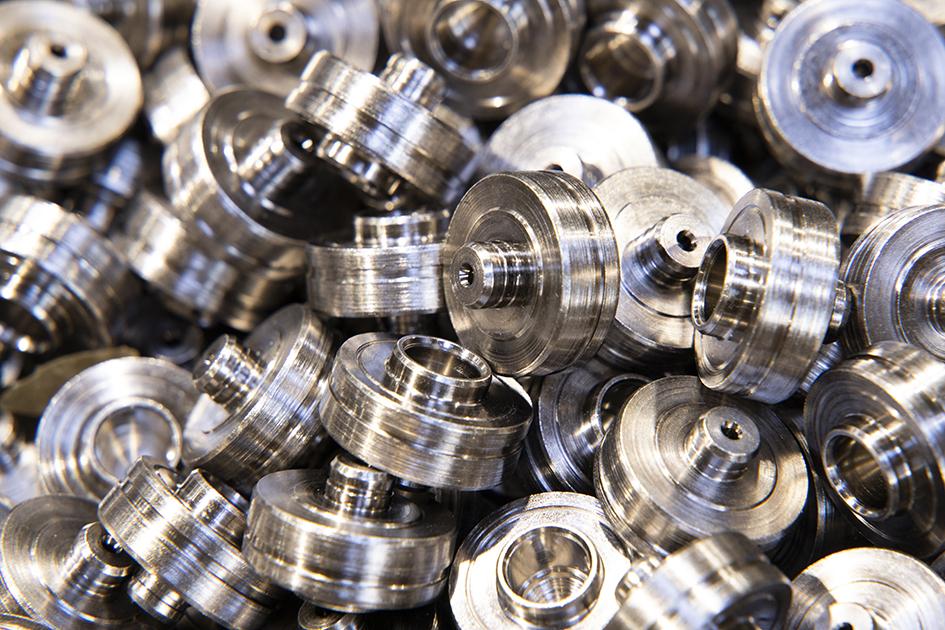Non-magnetic electroless nickel (high phosphorus).
Non-magnetic electroless nickel plating (high phosphorus) is a technical deposit consisting of nickel (Ni) and phosphorus (>10.5 wt% P). Like Kanigen® electroless nickel, it is also applied auto-catalytically by immersion in an aqueous environment.
The phosphorus content can be guaranteed with a tolerance of +/- 0.5 wt% P, and is measured in accordance with ISO 4527.

Non-magnetic
A phosphorus content of >10.5 wt% renders the layer non-magnetic.

Protection Against Corrosion
The high phosphorus content gives the treated parts excellent corrosion resistance.

Reduced Friction
Hard electroless nickel greatly reduces adhesive wear and is also used to prevent galling.
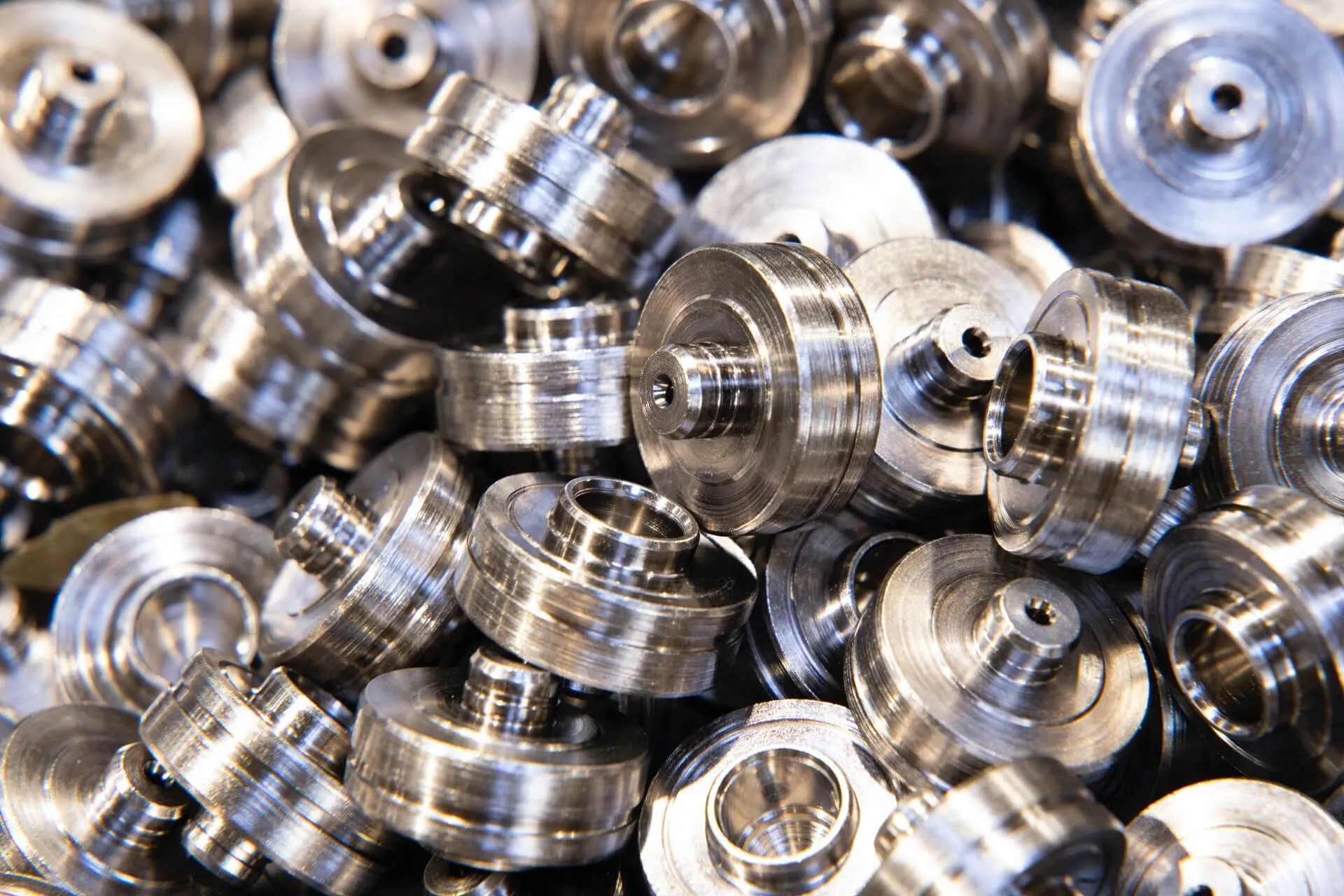
This type of deposit is generally used in solenoid (valve) applications and selected for its electromechanical properties, with its non-magnetic, hard and wear resistant layer.
This treatment can be combined with a hardening heat treatment. This will impact its structure and make the layer ferromagnetic again, however the impact on hysteresis is limited.
A high phosphorus content will also increase the layer's ductility, which is a plus for parts that will undergo machining, rectification, or deformation following treatment.
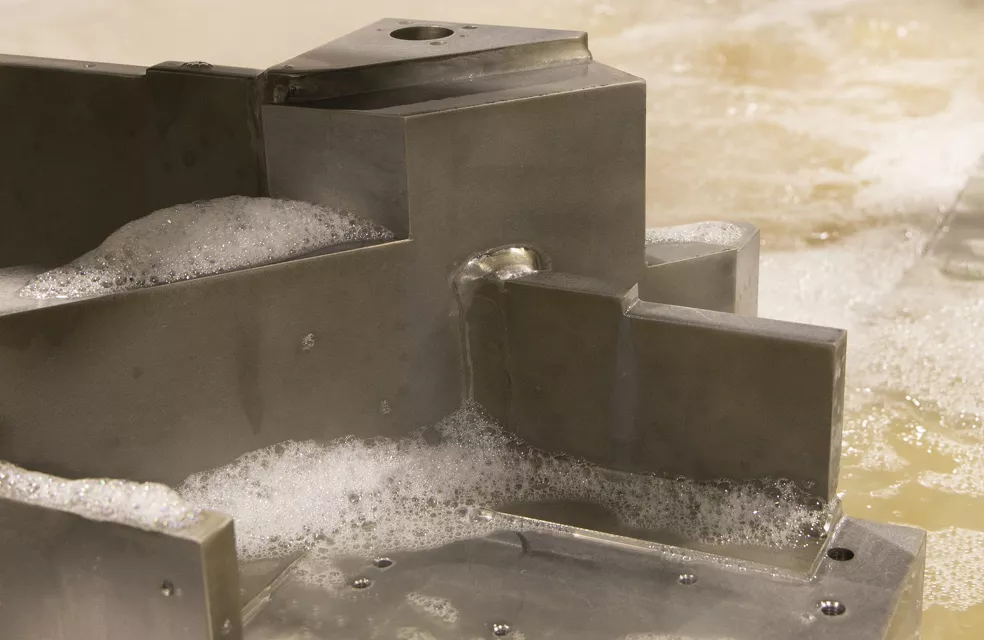
Processed Materials
The electroless nickel plating process makes it possible to treat a broad spectrum of materials used within the industry. Kanigen Group primarily treats carbon, alloyed and stainless steels, cast iron, aluminium and copper alloys, etc., along with other more special materials such as silver (Ag), INVAR, 17-4PH, etc.
In recent years, we have specialised in the processing of all grades of aluminium, including not only the 1000, 2000, 3000, 5000, 6000 and 7000 series, but also die-cast and injected aluminium, with the exception of ZAMAK alloys.
Treatments are carried out in barrels, rack plated or with dedicated fixtures.
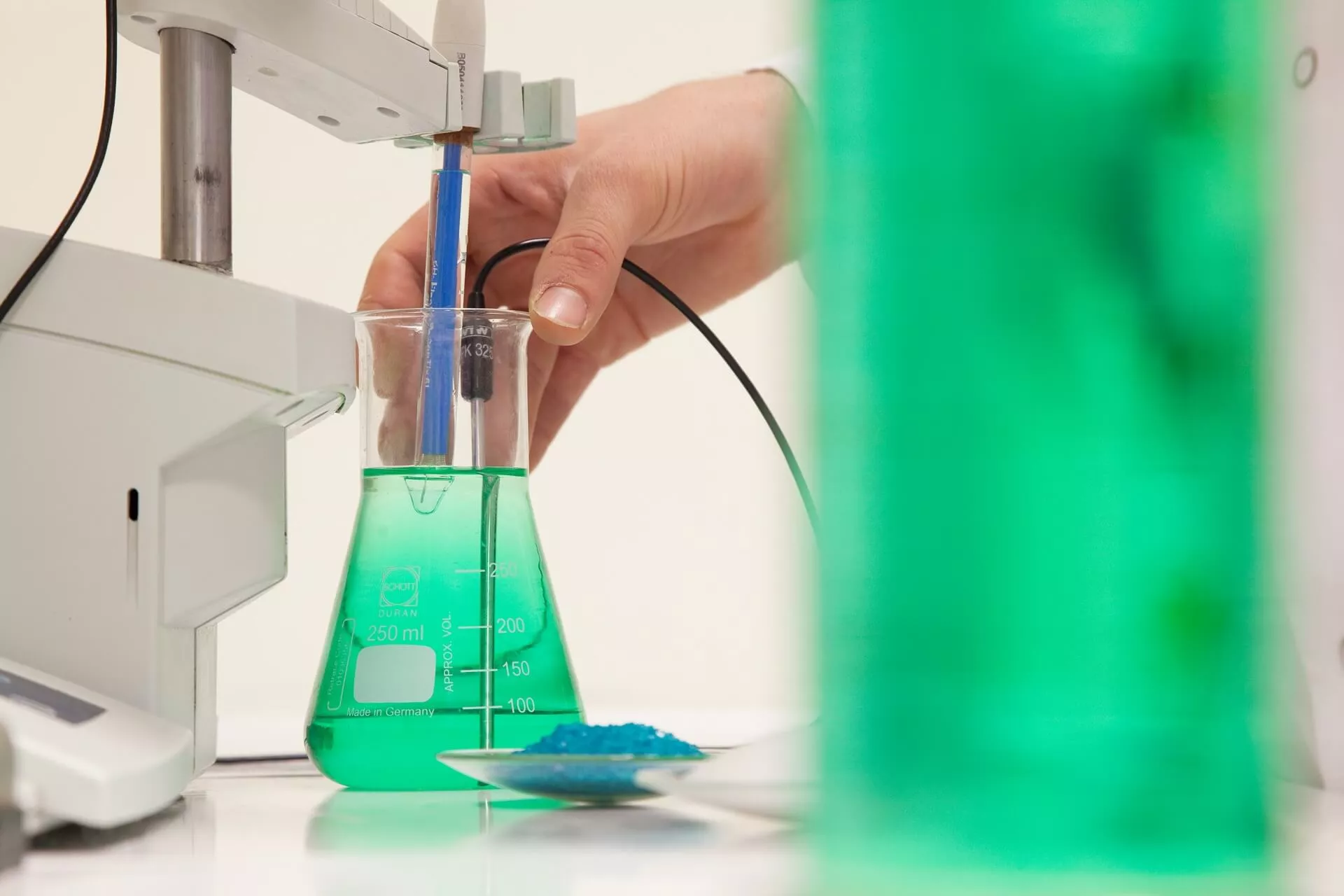
Corrosion Resistance
The higher the phosphorus content, the higher the corrosion resistance. This is why this type of deposit is also used for offshore and underwater (subsea) applications and/or combined with a diffusion heat treatment.
The combination of surface finish, layer thickness and phosphorus content results in higher corrosion resistances than those projected by current standards.
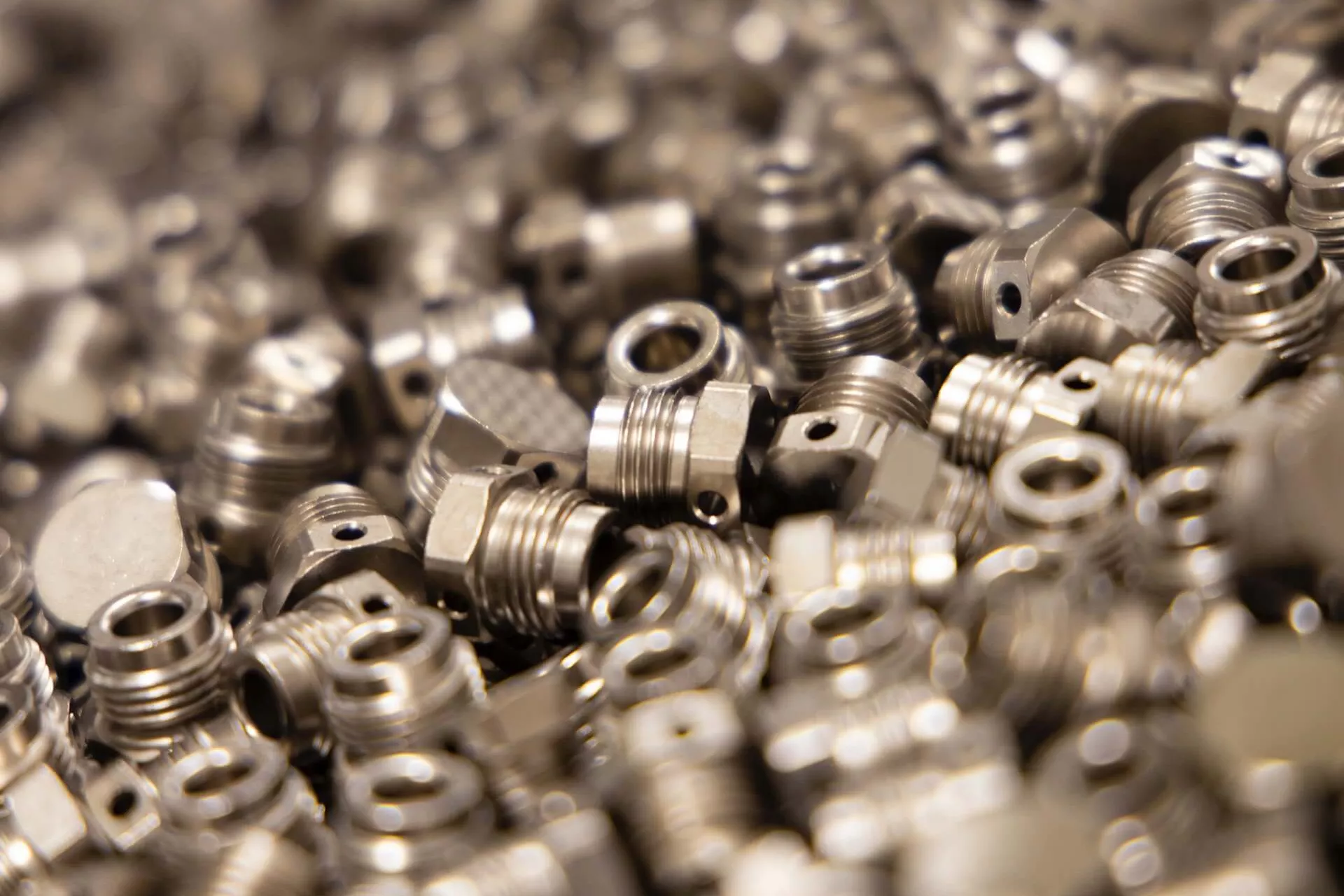
Technical Properties
| Melting point | 890°C |
| Expansion coefficient | 13 x 10-6 cm / cm °C |
| Thermal conductivity | (10,5 wt% P) = 0,016 cal.cm-1s-1grad-1 |
| Electrical resistance | 50 to 60 μΩcm |
| Contact resistance | 30 mΩ |
| Magnetisability (9 wt% P) | 0% |
| Ductility | 2,2% to 6% |
| Hardness as deposited | 500HV0,1 |
YES, I would like to receive more information regarding Kanigen Group’s technical solutions
